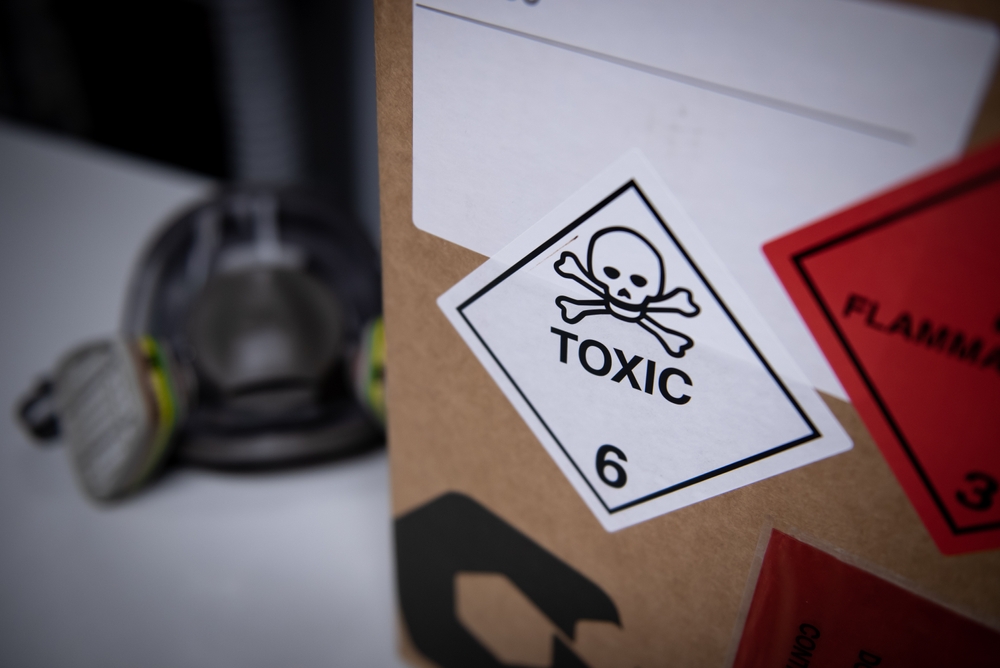Industry will need to stay on its toes to remain in compliance with the shifting and complex reporting requirement for perfluoroalkyl and polyfluoroalkyl substances (PFAS) in the regulatory pipeline for 2023, 2024, and beyond. And some states, such as Maine, are bringing rules into effect to ban these chemicals. These requirements are negatively impacting consumer perception and bring new product liability risks to impacted industry.
Toxic Substances Control Act (TSCA) Section 8(a)(7)
On November 25, 2022, the EPA published a proposed rule that would require “all manufacturers of a chemical substance or a mixture containing a chemical substance that is a PFAS (including article manufacturers (including import)) in any year since 2011 to report certain information to EPA related to chemical identity, categories of use, volumes manufactured and processed, byproducts, environmental and health effects, worker exposure, and disposal. The EPA also proposed a five-year retention period for all relevant records following the submission period.”
In the proposed rule, the EPA updated the original estimated costs of implementing the rule from to $10.8 million to $875 million in social costs, of which small businesses are expected to incur approximately $863 million in costs for this onetime reporting. As a result, the proposed rule states the “EPA is considering changes to the final rule from the regulatory proposal based on updates to the economic analysis, small business impact analysis, and significant regulatory alternatives presented in the [Initial Regulatory Flexibility Analysis], as well as regarding the treatment of confidential business information (CBI) for PFAS.”
The EPA sought considerable information in requesting comments on the proposed rule, including:
- The number of potential small article manufacturers (including importers) that may be subject to the proposed rule;
- The number of PFAS for which small entities may submit reports under this rule, including information related to potential outliers of the industrywide average estimate and the estimated distribution of PFAS per firm;
- The number of hours small entities will spend on understanding the structural definition of PFAS proposed for this rule; and
- The number of entities that would be affected by implementing a reporting threshold for this proposed rule of either 2,500 pounds (lb) or 25,000 lb manufactured per year.
The EPA received several comments on the proposed rule from the regulated community that included “significant concerns about the scope and scale of the reporting obligations,” according to a client alert by Baker &Hostetler LLP. “The public comments included requests for exemptions for de minimis (minuscule) volumes, small businesses, finished articles, byproducts and impurities, and for eliminating or shortening the 12-year look-back period. Commenters also suggested that EPA establish a definitive list of PFAS subject to reporting so that companies can rely on clear guidance rather than vague definitions of the chemical class.”
PFAS under EPCRA and the removal of the de minimis exemption
On December 22, 2022, the EPA published a proposed rule to “add [PFAS] subject to reporting under the Emergency Planning and Community Right-to-Know Act (EPCRA) and the Pollution Prevention Act (PPA),” which would “eliminate the use of the de minimis exemption and the option to use Form A and would limit the use of range reporting for PFAS.”
The EPA stated it proposed the rule to increase the data collected for PFAS under the Toxics Release Inventory (TRI).
The de minimis TRI exemption allowed reporting entities to disregard reporting for chemicals with less than a 1 percent concentration of TRI-listed PFAS, except for perfluorooctanoic acid (PFOA), which has a set concentration reporting level of 0.1 percent.
“This proposed rulemaking would eliminate that exemption and require facilities to report on PFAS regardless of its concentration in products,” reports Baker & Hostetler. “If this rule is finalized, many more manufacturers will be required to disclose the presence of PFAS in their products.”
Maine PFAS ban
Maine’s LD 1503, which went into effect January 1, 2023, bans the intentional addition of PFAS to new carpets or rugs sold in the state.
“The state law aims to ban the substance in products across the board by 2030, except when their use is unavoidable,” says Bloomberg Law. “The law’s approach is similar to the ‘essential use’ concept for PFAS restrictions in the EU (European Union).
“More sweeping is a reporting requirement for all companies to report or make public the amount of and purpose of PFAS added to any products, with no exemptions yet granted by the state.”
The extensive reporting requirements resulted in many manufacturers’ being unable to meet the initial deadlines and the Maine Department of Environmental Protection’s granting more than 1,000 companies a 6-month deadline extension.
Other states have also banned PFAS in specific products and/or are implementing reporting requirements. These states include:
- California
- Colorado
- New York
- Pennsylvania
These types of bans and reporting requirements are expected to give rise to extensive product liability lawsuits in the near future.
“The regulated community will need to monitor new reporting obligations and allow themselves time to comply with federal and state PFAS notification requirements,” advises Baker & Hostetler. “Some businesses may need to work with suppliers or other third parties to accurately fulfill their notification requirements.”

